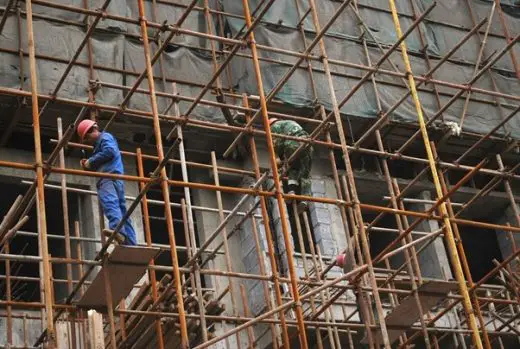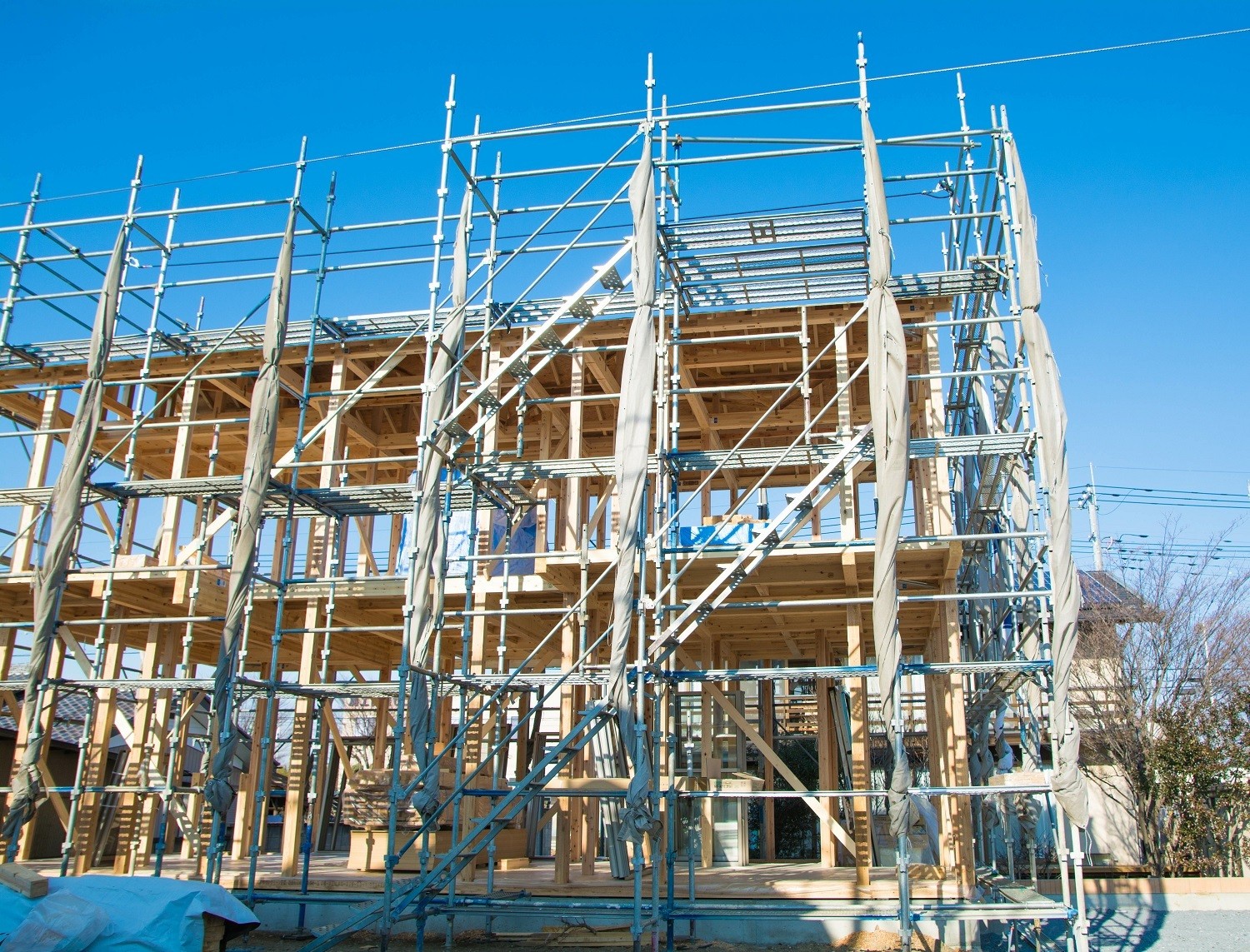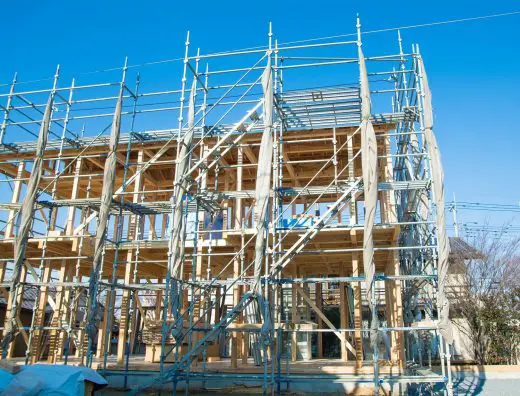Top scaffolding safety tips, Scaffold contractor guide, Property construction sites advice
Top Scaffolding Safety Tips
3 April 2023
Scaffolding safety is a key element in ensuring the protection of workers who work at heights. Scaffolding is used on construction sites, building repairs and maintenance, as well as in other industries such as chemicals, petrochemicals and energy. Working on scaffolding involves a high risk of accidents and serious injury.
Reliable Scaffolding Contractor Advice
Scaffolding safety is a key element in ensuring the protection of workers who work at heights. Scaffolding is used on construction sites, building repairs and maintenance, as well as in other industries such as chemicals, petrochemicals and energy. Working on scaffolding involves a high risk of accidents and serious injury. In order to minimise the risks of working at heights, it is essential to follow the safety rules – use of appropriate safety equipment, regular inspection and maintenance of scaffolding. In this post, we will discuss the most important aspects of scaffolding safety and provide practical tips for workers and employers to minimise the risk of accidents and ensure safe working conditions at heights.
Using a reliable scaffolding hire company
If you need to use scaffolding rental in London, it’s worth finding a reliable company that offers scaffolding rental services. Using a reliable company for scaffolding hire is very important for several reasons.
Firstly, hiring scaffolding from a reliable company will ensure that you are safe on site or on the job site. These companies have experienced staff who know how to install and secure scaffolding to ensure maximum safety for workers and those around them.
Secondly, these companies are knowledgeable and experienced in scaffold installation and maintenance to avoid problems associated with incorrect installation or technical faults. In contrast, inexperienced or untested companies may not know how to properly install scaffolding or fail to comply with safety standards.
Thirdly, using proven companies to hire scaffolding avoids unpleasant surprises related to hidden costs, delays or inadequate safeguards. Proven companies offer clear contracts that include details of costs, deadlines and safety requirements.
Regular Scaffolding Inspections
Regular scaffolding inspections are a critical part of ensuring the safety of workers who use scaffolding on construction sites or other workplaces. Inspections are carried out by a person trained to identify potential hazards and assess the condition of the scaffolding. Inspections are designed to make sure that the scaffolding is safe to use and that it meets all safety standards. Regular inspections are usually required by law and their frequency depends on a number of factors, such as the type of scaffolding, how long it has been in use and the conditions under which it is used.
Secure Scaffolding Platform
The Secure Scaffolding Platform is an innovative scaffolding platform that provides safe and stable working conditions at height. The platform has been designed and manufactured to provide maximum safety for workers and minimise the risk of accidents on a construction site or other work involving work at height.
Among other features, the Secure Scaffolding Platform is equipped with sturdy handholds, railings and steps to ensure stability and security when moving at height. The platform is also robust and weatherproof, ensuring safe working in a variety of weather conditions. It is ideal for construction companies and other businesses that offer services that require work at heights, yet are concerned about the safety of their employees.
Wear PPE
Basic PPE includes a helmet, gloves, safety boots, safety glasses or goggles, and a mask or respirator. Depending on the type of work and the hazards involved, additional protective items such as coveralls, knee protectors, earmuffs or reflective waistcoats are also used. Wear PPE is a buzzword that reminds people to use personal protective equipment when doing their job.
It is a key element of workplace safety and helps to minimise the risk of accidents and avoid serious task-related injury or illness. Remember that the use of appropriate PPE is the responsibility of the employer, but also of the employee, who should take care of his or her safety and follow the recommendations for the use of protective equipment.
Safety on scaffolding is an issue that should be taken very seriously. Workers and bystanders alike should be confident that work on scaffolding is carried out in accordance with safety requirements. If this is not the case, there is a risk of accidents occurring that could result in serious injury or property damage.
Therefore, before carrying out work on scaffolding, safety procedures and standards should be scrupulously adhered to, and proven companies should be used to ensure adequate safeguards are in place. It is also important to remember to use the correct safety equipment and to follow all safety instructions and recommendations.
Proper safeguards and adherence to safety standards are key to avoiding dangerous situations and ensuring safety for everyone involved on site.
Comments on this guide to Top scaffolding safety tips article are welcome.
Building Scaffolding
Construction Scaffolding Posts – recent architectural selection from e-architect below:
Power of aluminium scaffolding in industrial applications
8 pro tips for choosing good scaffolding contractor

Off-site construction benefits
Property Design
Contemporary Property Articles – recent architectural selection from e-architect below:
DIY Home Improvement Projects Tools
Selecting right contractor for home care and repairs
14 Common Kitchen Design Mistakes to Avoid
Buildings
Comments / photos for the Top scaffolding safety tips Guide page welcome






